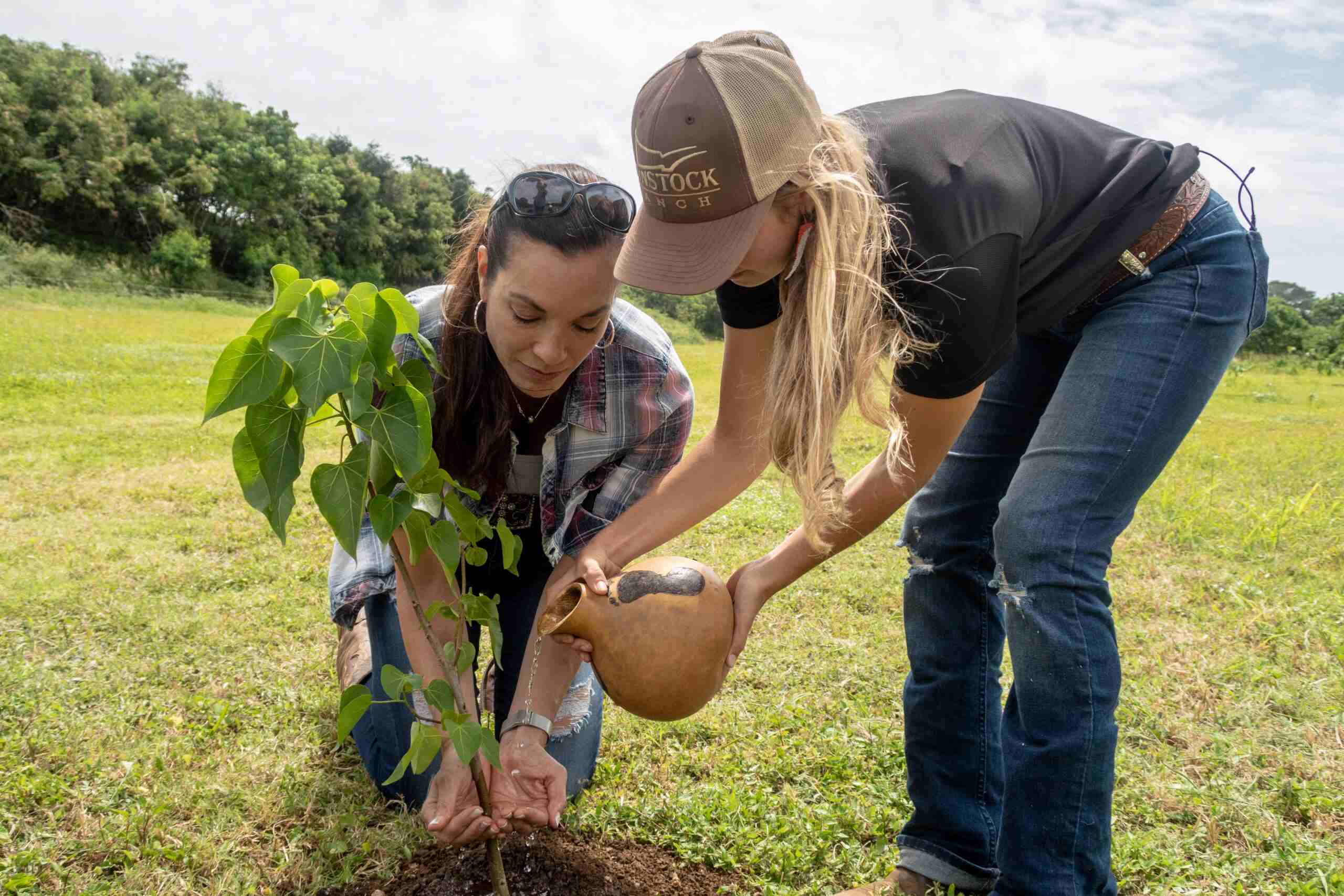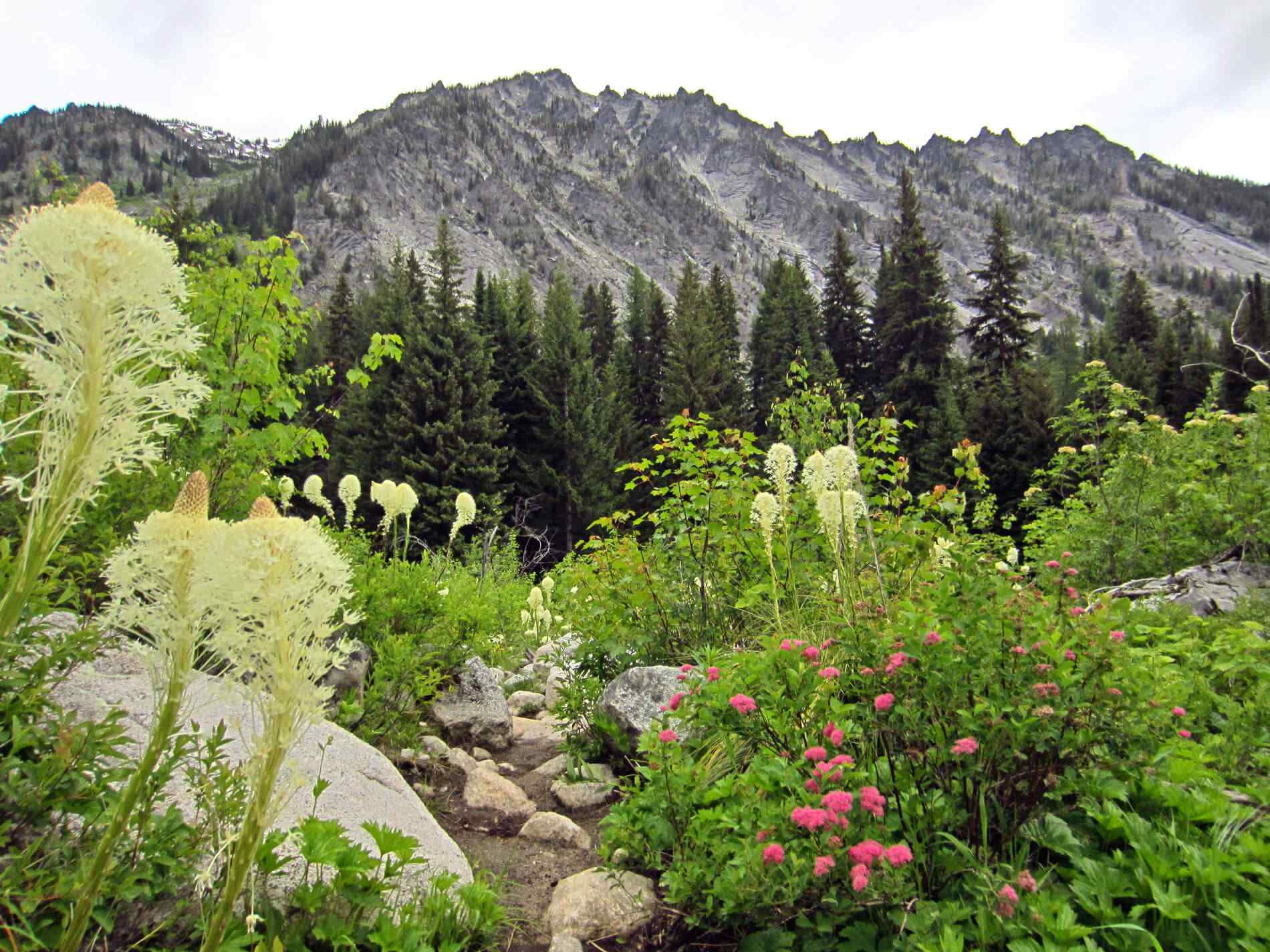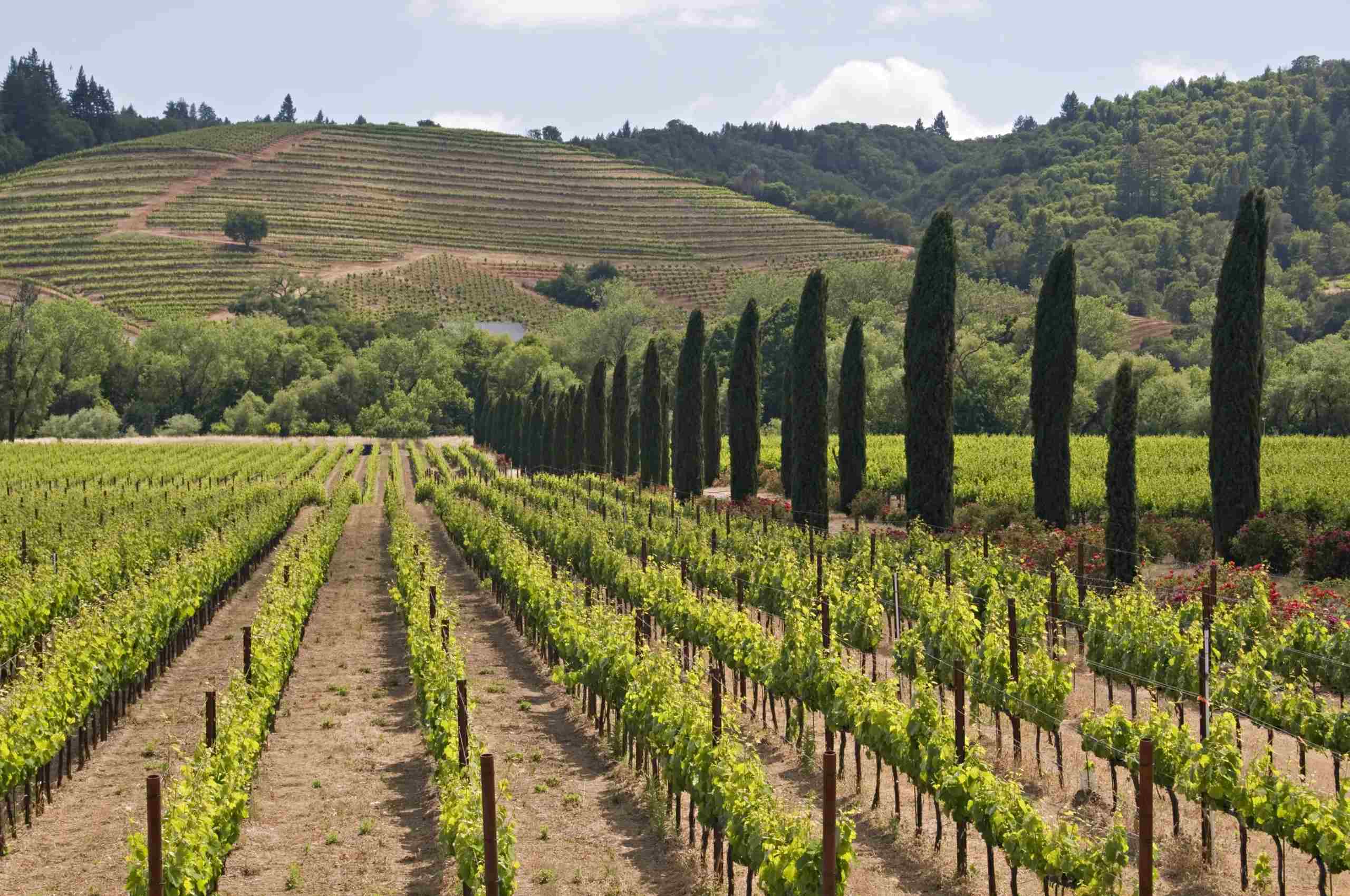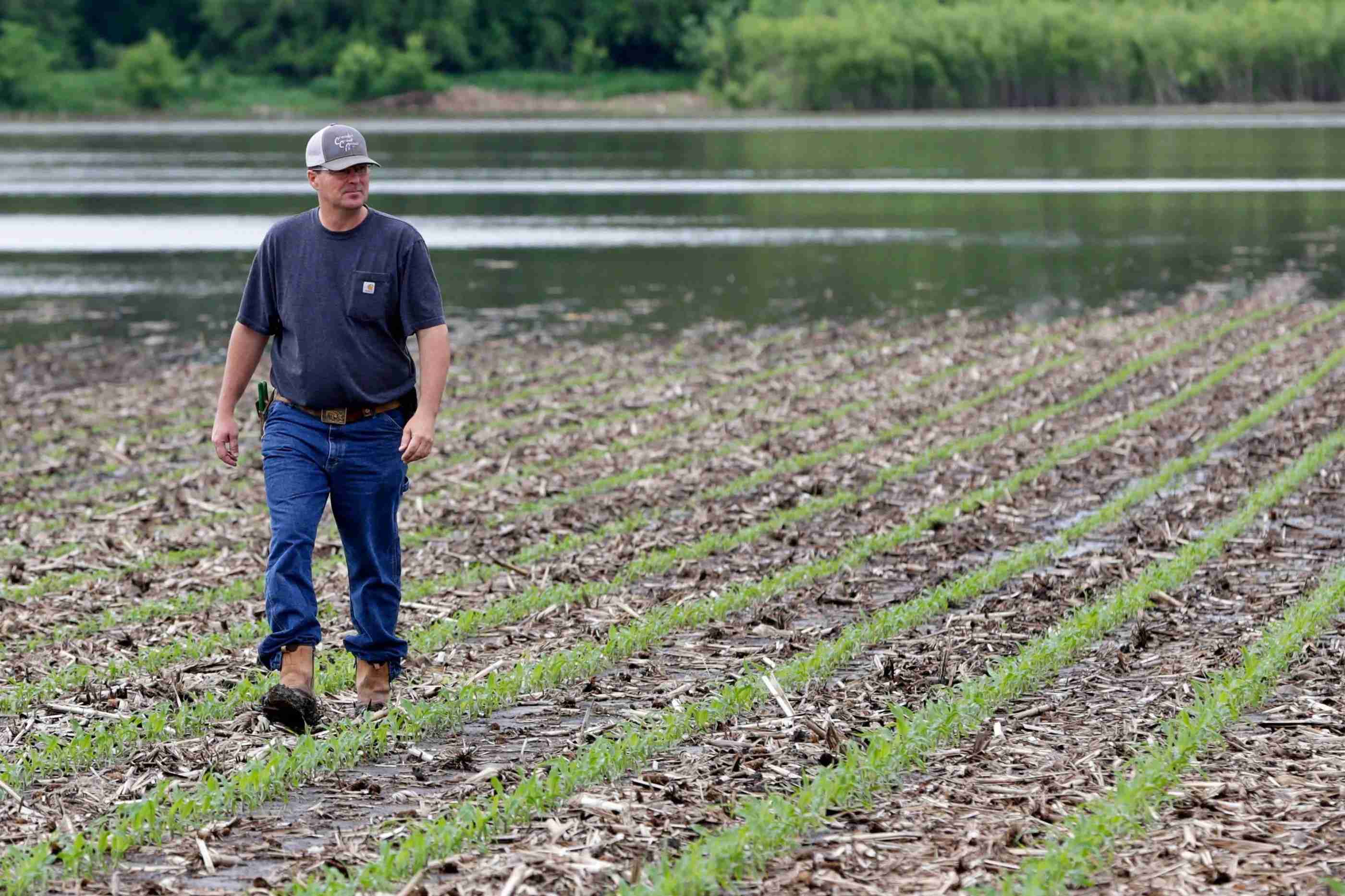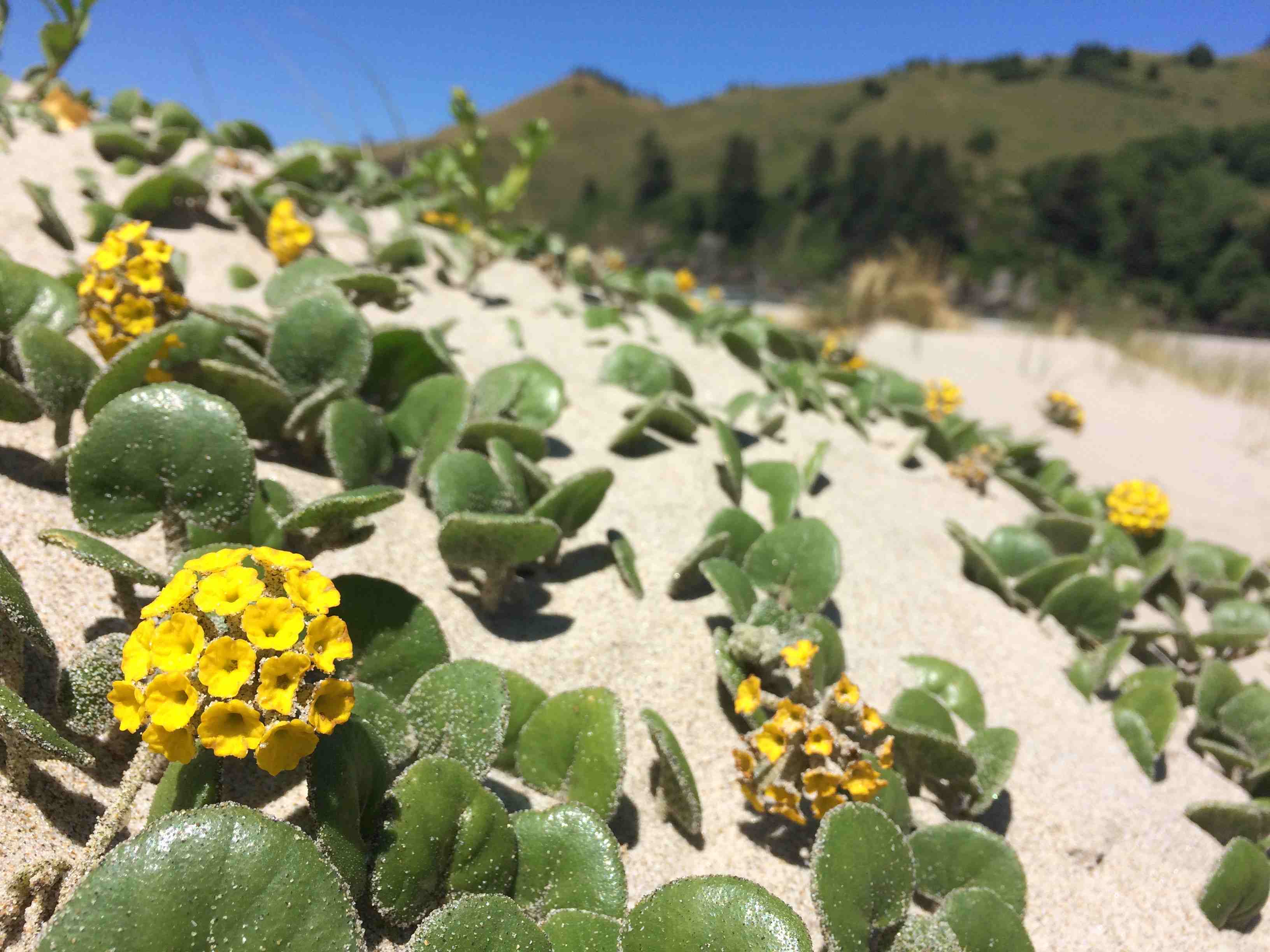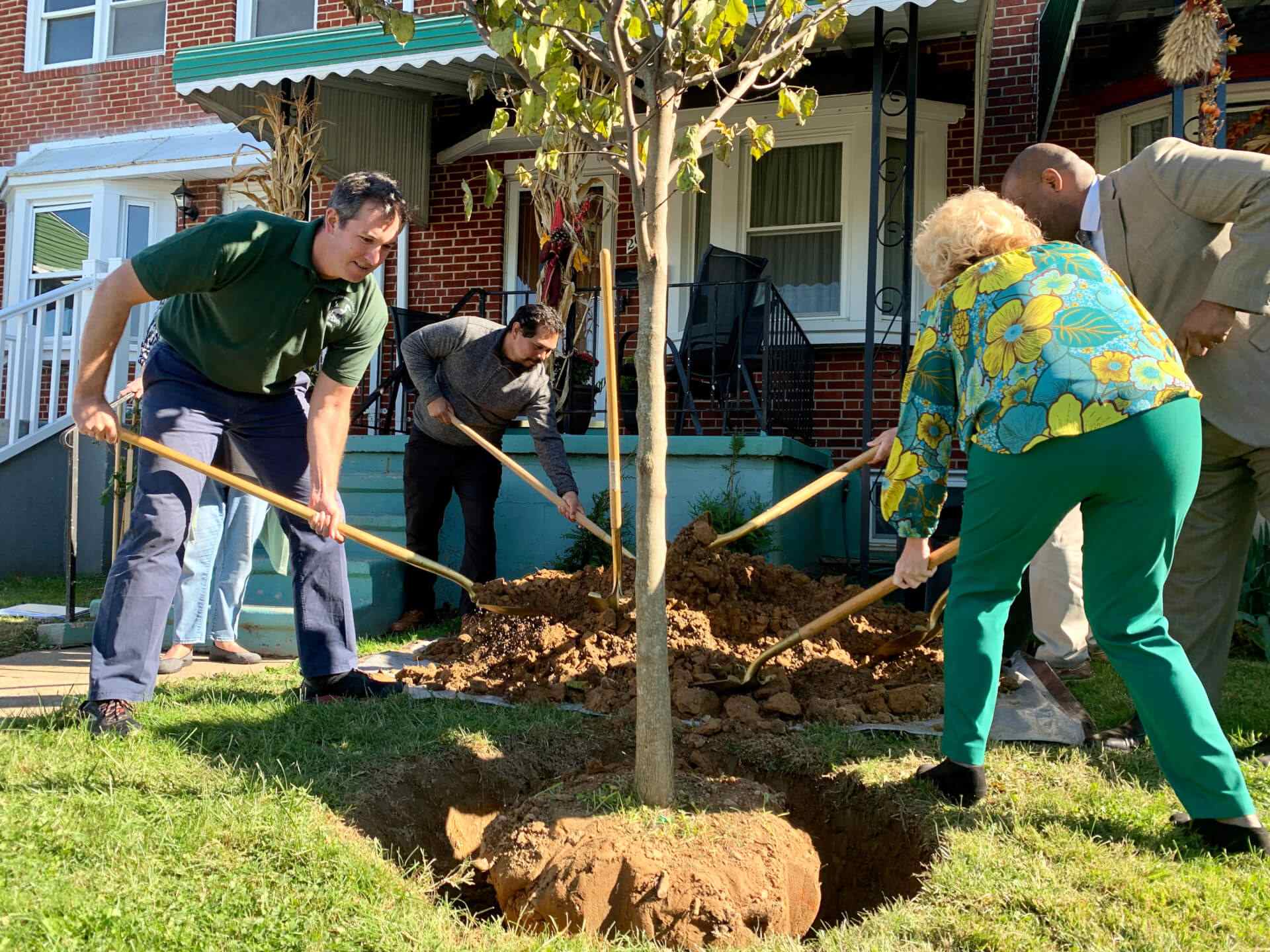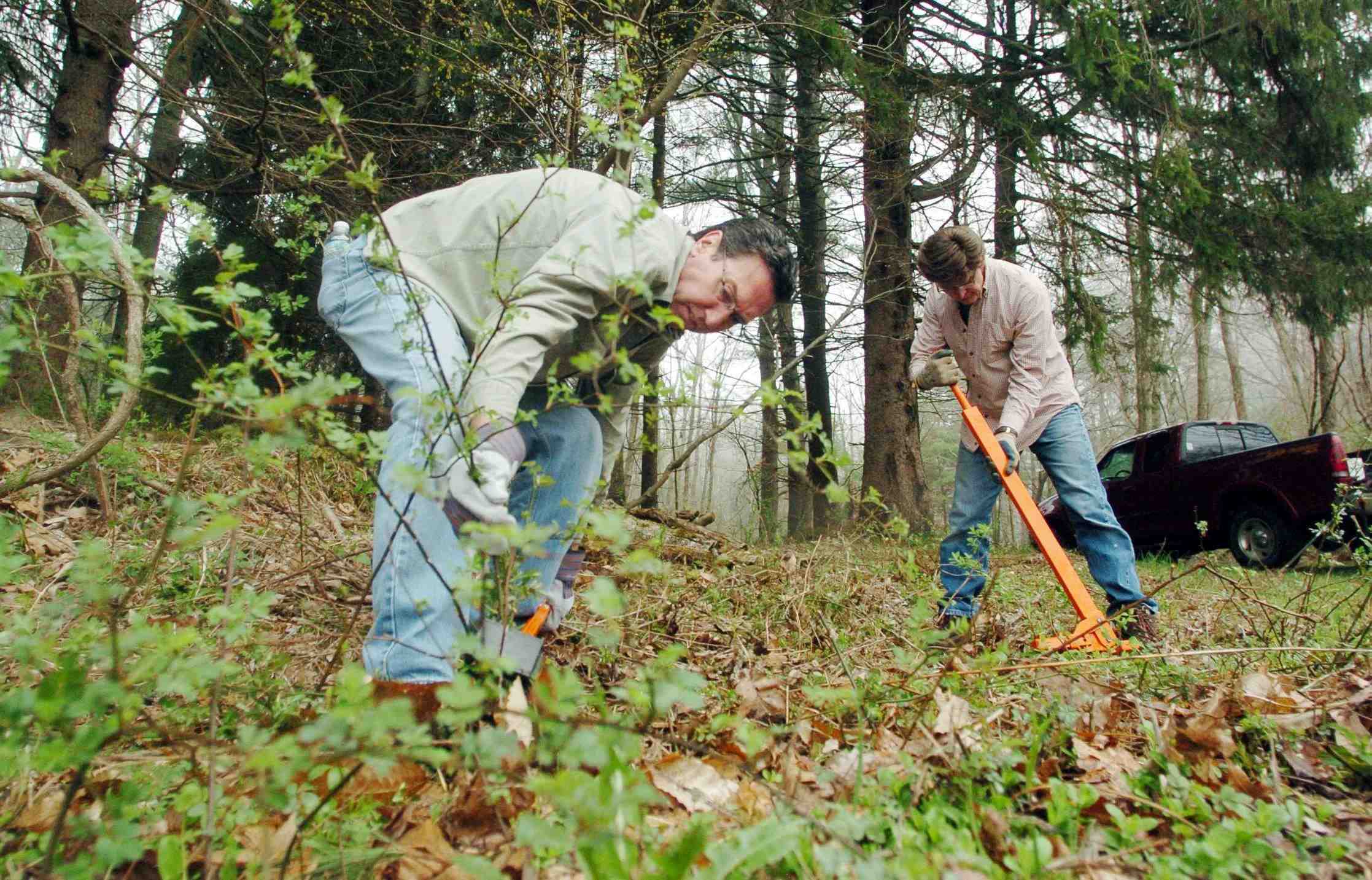Home>Gardening Basics>Understanding Soil>What Planting Zone Is Florida
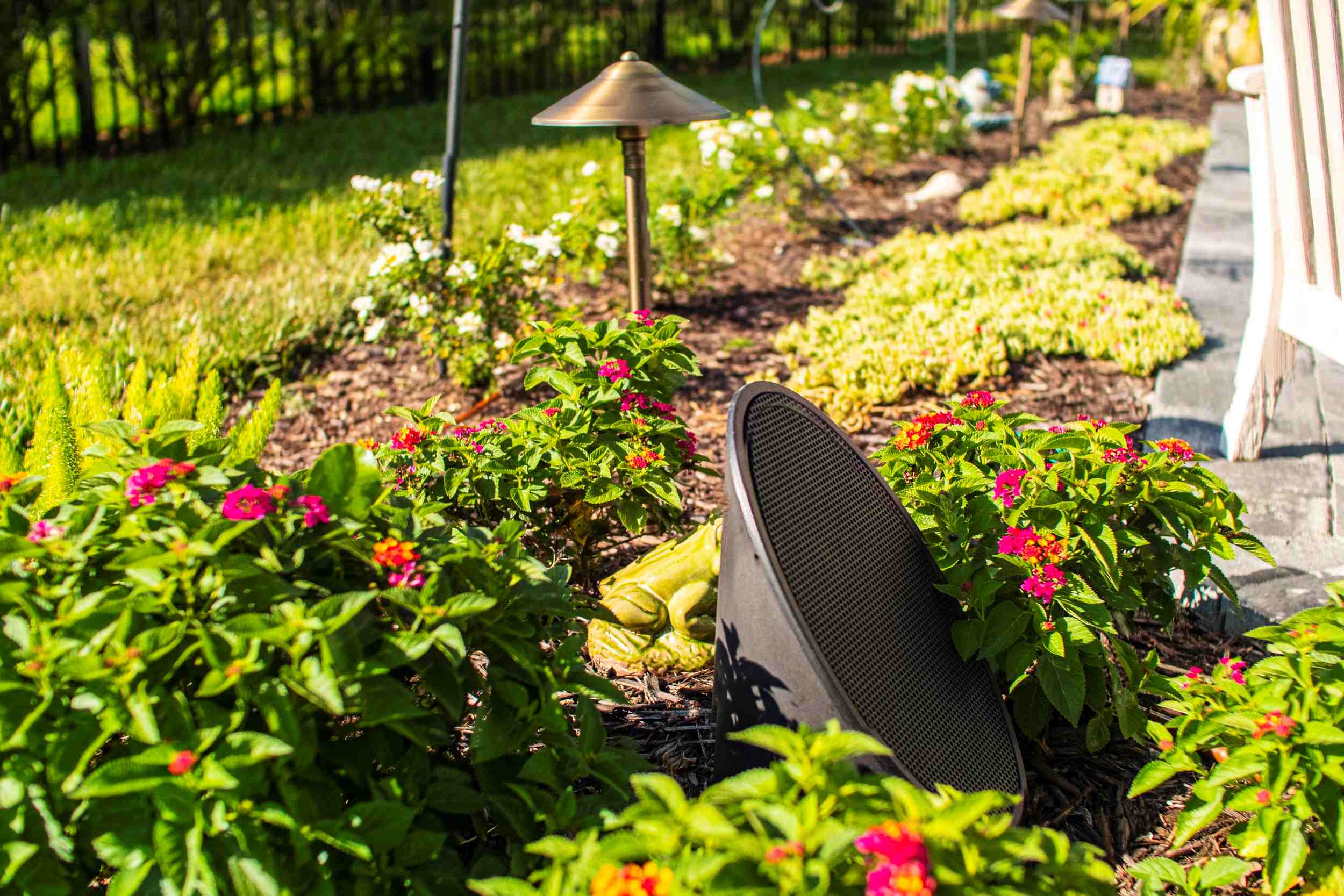

Understanding Soil
What Planting Zone Is Florida
Modified: January 22, 2024
Find out what planting zone Florida falls under and gain a better understanding of soil for successful gardening.
(Many of the links in this article redirect to a specific reviewed product. Your purchase of these products through affiliate links helps to generate commission for Chicagolandgardening.com, at no extra cost. Learn more)
Table of Contents
- Introduction
- Understanding Planting Zones
- The Importance of Knowing Your Planting Zone
- Factors Affecting Florida’s Planting Zones
- Determining the Planting Zones in Florida
- Planting Zone Map of Florida
- Recommended Plants for Different Planting Zones in Florida
- Tips for Gardening in Florida’s Planting Zones
- Conclusion
Introduction
Welcome to sunny Florida, a state known for its beautiful landscapes, vibrant flora, and year-round gardening opportunities. If you’ve ever wondered about the best plants to grow in Florida or how to optimize your garden for success, understanding the concept of planting zones is crucial. So, what exactly are planting zones, and why are they important?
Planting zones, also known as hardiness zones, are geographical areas that define which plants are likely to thrive in a specific region based on climatic conditions. These zones take into account factors such as average minimum temperatures, frost dates, and length of growing season. By understanding your planting zone, it becomes easier to select plants that are well-adapted and capable of surviving the weather conditions in your area.
Knowing your planting zone is essential because it helps you make informed decisions about plant selection, planting times, and overall garden care. Each zone has its own unique set of climatic conditions, and not all plants can tolerate or flourish in every zone. Being aware of your planting zone ensures that you choose the right plants for your specific climate, increasing the likelihood of gardening success and a thriving garden.
When it comes to Florida, the state is divided into several planting zones due to its diverse geography and varying climate. Factors such as proximity to the coast, elevation, and inland waterways all play a role in determining the planting zones within the state. By understanding the specific planting zones in Florida, gardeners can tailor their gardening practices to suit the unique needs of their area and maximize plant growth and health.
In this article, we will explore the planting zones in Florida, examine the factors that influence these zones, and provide tips on gardening in each zone. Whether you have a green thumb or are a novice gardener, understanding Florida’s planting zones will empower you to create a beautiful and thriving garden that is well-suited to the climate and conditions of your area.
Understanding Planting Zones
Planting zones are a vital tool for gardeners to determine the suitability of plants based on their hardiness and ability to withstand specific climatic conditions. These zones provide valuable information about the average minimum temperatures experienced in a particular area, helping gardeners make informed decisions about plant selection and when to plant.
The United States Department of Agriculture (USDA) established the plant hardiness zone map, which divides the country into different zones based on average annual extreme minimum temperatures. The map is divided into 13 zones, ranging from zone 1 with the coldest temperatures to zone 13 with the warmest temperatures.
Each zone is further divided into subzones, denoted by letters a and b, to provide more precise temperature information. For example, zone 8a would have slightly colder minimum temperatures than zone 8b.
Understanding the hardiness zone of your location is crucial in determining which plants are most likely to thrive in your garden. Different plants have specific temperature requirements, and knowing your planting zone helps avoid planting species that are not well-suited to your climate.
Planting zones are based on historical climate data, but it’s important to note that they are just guidelines. Factors such as microclimates, proximity to bodies of water, and urban heat islands can influence local temperatures, causing variations within a specific zone.
In addition to minimum temperatures, planting zones can also help gardeners understand the length of the growing season in their area. Areas with longer growing seasons offer more opportunities for planting and harvesting, while areas with shorter growing seasons require careful planning to maximize plant growth.
It’s worth noting that while planting zones are an essential tool for gardeners, they should not be the sole factor in plant selection. Other environmental and soil conditions, such as sunlight exposure, rainfall patterns, and soil type, should also be considered when choosing plants for your garden.
Understanding planting zones and how they relate to your specific location provides valuable insights for successful gardening. By selecting plants that are well-suited to your zone’s climate and growing conditions, you can create a thriving garden that withstands the challenges of the environment and rewards you with beautiful blooms and bountiful harvests.
The Importance of Knowing Your Planting Zone
Knowing your planting zone is of utmost importance for successful gardening. Let’s take a closer look at why understanding your planting zone is crucial for your gardening endeavors:
1. Plant Selection: Different plants have different temperature requirements and tolerances. By knowing your planting zone, you can select plants that are well-suited to your climate and are more likely to thrive. Plants that are not adapted to your zone’s temperature extremes may struggle to survive or fail to reach their full potential.
2. Seasonal Timing: Planting at the right time is vital for optimal growth and productivity. By knowing your planting zone, you can determine the appropriate planting times, including the start of the growing season and the last expected frost date. This knowledge ensures that you plant at the right time, giving your plants the best chance to thrive.
3. Prevent Plant Loss: Understanding your planting zone helps you anticipate potential risks to your plants. If your zone experiences extremely cold temperatures, you can take precautions such as covering or bringing plants indoors to protect them from frost. Similarly, in zones prone to hot summers, you can choose heat-tolerant plants and implement strategies to keep plants cool.
4. Efficient Resource Utilization: By growing plants that are well-suited to your planting zone, you can optimize the use of resources such as water and fertilizer. Native or adapted plants are generally more efficient at utilizing local resources, reducing the need for excessive inputs and minimizing waste.
5. Conservation and Sustainability: Gardening in harmony with your planting zone promotes conservation and sustainability. By growing plants that are naturally suited to your zone, you support the local ecosystem and help preserve biodiversity. This approach reduces the reliance on non-native plants that may require additional interventions or threaten native species.
6. Gardening Success and Satisfaction: Gardening can be a rewarding experience, but it can also be frustrating if plants struggle or fail to thrive. Knowing your planting zone increases the likelihood of gardening success, allowing you to enjoy a beautiful and productive garden. The satisfaction of seeing your plants thrive in their ideal environment is immeasurable.
Keep in mind that planting zones are not static. Over time, environmental factors and climate change can impact planting zones. It is important to stay updated on any changes in your planting zone and adapt your gardening practices accordingly.
By understanding and using your planting zone as a guide, you can make informed decisions about plant selection, planting times, and garden care practices. This knowledge empowers you to create a thriving garden that is perfectly suited to the unique climate and conditions of your location.
Factors Affecting Florida’s Planting Zones
Florida’s diverse geography and unique climate are influenced by several factors that play a significant role in shaping the planting zones within the state. Understanding these factors can provide valuable insights into the variations observed in planting zones across different regions of Florida. Let’s delve into the key factors affecting Florida’s planting zones:
1. Latitude and Longitude: Florida stretches across a wide range of latitudes, from the tip of the Florida Keys in the south to the panhandle in the northwest. This variation in latitude results in temperature differences across the state, leading to distinct planting zones.
2. Proximity to the Coast: Florida’s long coastline, with the Atlantic Ocean on the east and the Gulf of Mexico on the west, has a moderating effect on temperatures. Areas closer to the coast experience milder winters and cooler summers compared to inland areas, influencing the planting zones in those regions.
3. Elevation: The state’s varying elevation levels also contribute to the differences in planting zones. Higher elevations, such as in the northern parts of Florida, generally experience cooler temperatures, while lower lying areas, like the southern parts, have warmer temperatures.
4. Gulf Stream and Ocean Currents: The Gulf Stream, a warm ocean current that flows along Florida’s east coast, plays a significant role in regulating temperatures. It helps maintain warmer conditions in coastal regions, resulting in distinct planting zones along the coast compared to inland areas.
5. Inland Waterways: Florida is home to various lakes, rivers, and wetlands, which can affect local climates. These inland waterways can influence temperatures, humidity levels, and even frost occurrences, leading to variations in planting zones.
6. Tropical and Subtropical Climate: Florida is known for its tropical and subtropical climate, with mild winters and hot, humid summers. This unique climate is characterized by high temperatures, abundant rainfall, and the potential for hurricanes, all of which impact the planting zones in the state.
7. Urban Heat Islands: Urban areas, with their concrete and asphalt surfaces, tend to retain heat, creating microclimates known as urban heat islands. These areas can experience higher temperatures compared to surrounding rural or natural areas, resulting in variations in planting zones.
It’s important to consider these factors when planning your garden in Florida. Understanding how they influence planting zones can help you make informed decisions about the types of plants to grow, planting times, and the specific requirements of your area.
By recognizing the impact of these factors, you can adapt your gardening practices to suit your specific planting zone and create a successful and thriving garden in the beautiful state of Florida.
Determining the Planting Zones in Florida
Determining the planting zones in Florida involves a combination of factors, including temperature data, climate patterns, and local geographical characteristics. While the USDA hardiness zone map serves as a helpful starting point, there are additional resources and considerations specific to Florida that can assist in determining the planting zones in the state.
One of the primary resources for determining planting zones in Florida is the Florida Automated Weather Network (FAWN). FAWN provides real-time weather data, including temperature, rainfall, and humidity, from numerous monitoring stations across the state. This up-to-date information helps gardeners make more accurate assessments of their specific planting zones.
Another valuable resource is the University of Florida Extension Service. They provide detailed information on gardening and plant recommendations specific to each region of Florida. Their expertise helps gardeners understand the unique characteristics of their areas and optimize garden planning based on the local planting zones.
Florida’s diverse topography also influences planting zones. The state encompasses various microclimates due to its peninsular shape, coastal regions, and inland waterways. For example, areas near the coasts tend to have milder winters compared to inland areas. Taking these factors into account can help refine the determination of planting zones within specific locations.
Furthermore, community-based garden clubs, local nurseries, and experienced gardeners in the area can offer valuable insights into planting zones. Their firsthand knowledge and experiences can provide additional guidance, especially in regions where microclimates or localized weather patterns may significantly impact the planting zones.
It’s important to note that planting zones can be slightly subjective and may vary depending on the specific criteria used for evaluation. While the USDA hardiness zone map provides a general framework for understanding planting zones, it is essential to consider local variations and microclimates to refine the determination further.
By utilizing resources such as FAWN, consulting with the University of Florida Extension Service, and seeking guidance from local gardening communities, you can effectively determine the planting zones within your specific area in Florida. This knowledge will enable you to select the right plants, plan your gardening activities, and optimize your garden’s success within the unique climate and conditions of your location.
Planting Zone Map of Florida
Florida’s diverse climate and geographical regions are reflected in its planting zone map. The state is divided into several planting zones, each indicating the specific climatic conditions and temperature ranges experienced in different areas. Understanding the planting zone map of Florida is crucial for selecting the right plants and planning your garden effectively.
The planting zone map of Florida closely corresponds to the USDA hardiness zone map. It categorizes the state into zones based on the average annual extreme minimum temperatures, ranging from zone 8b in the southernmost parts of Florida to zone 9a and 9b in the central and northern regions.
The southernmost parts of Florida, including the Florida Keys, fall under zone 10a, where the average annual extreme minimum temperature is 30 to 35°F (-1.1 to 1.7°C). These areas have a tropical climate and mild winters, making them suitable for a wide range of tropical and subtropical plants.
As you move further north in Florida, into zone 9a and 9b, the average annual extreme minimum temperature ranges from 20 to 30°F (-6.7 to -1.1°C). These areas have a subtropical climate and experience cooler winters, but they can still support a variety of cold-tolerant plants.
In the northwestern part of Florida, including the panhandle region, zone 8b is predominant. Here, the average annual extreme minimum temperature ranges from 15 to 20°F (-9.4 to -6.7°C). This zone experiences cooler winters, requiring gardeners to select plants that are more cold-hardy.
It’s important to note that the planting zone map provides a general indication of the climatic conditions within each zone, but there can be variations within specific locations. Factors such as elevation, proximity to water bodies, and urban heat islands can create microclimates and influence local temperatures.
For a more precise determination of your specific planting zone, it’s recommended to consult resources such as the Florida Automated Weather Network (FAWN), the University of Florida Extension Service, or local gardening communities. These resources can provide additional information to help fine-tune your understanding of the planting zones in your area.
By referring to the planting zone map of Florida, you can select plants that are well-adapted to the specific climatic conditions of your region. This knowledge will greatly contribute to the success of your garden by ensuring that you choose the right plants for optimal growth and vitality.
Recommended Plants for Different Planting Zones in Florida
Florida’s diverse planting zones offer a wide range of opportunities for gardeners to cultivate a variety of plants. Choosing the right plants for your specific planting zone is key to gardening success in the state. Here are some recommended plants for different planting zones in Florida:
Zone 8b (Northwestern Florida): With its cooler winters, zone 8b in northwestern Florida is well-suited for a range of cold-hardy plants. Some recommended options include camellias, azaleas, hydrangeas, daylilies, and citrus trees that are more tolerant of colder temperatures.
Zone 9a and 9b (Central and Northern Florida): In these subtropical planting zones, gardeners have the luxury of growing a wide array of plants. Popular choices include palms, southern magnolias, crepe myrtles, hibiscus, bougainvillea, and citrus trees.
Zone 10a (Southernmost Florida): This tropical zone allows for the cultivation of a diverse range of exotic plants. Consider planting palm trees, orchids, bromeliads, crotons, tropical fruit trees like mangoes and avocados, and flowering plants like bird of paradise and bougainvillea.
It’s worth noting that while these plants are recommended for their suitability to specific planting zones, microclimates and local variations can influence their success. Factors like proximity to bodies of water, wind patterns, and specific site conditions should also be considered when choosing plants.
Another important aspect to consider is native plant species. Native plants are naturally adapted to Florida’s climate and require less maintenance and water once established. They also provide important habitat and food sources for local wildlife.
Consulting with local nurseries, extension offices, or gardening communities in your specific area can provide additional insights on the most suitable plants for your planting zone. They may also have specific recommendations based on their knowledge and experience with local conditions.
When selecting plants, consider factors such as their water requirements, sun exposure needs, and soil preferences. Proper care and maintenance, including regular watering, fertilizing, and pruning, will help ensure the health and longevity of your plants.
Gardening in Florida’s different planting zones offers a wonderful opportunity to explore a vast range of plants that thrive in the state’s unique climate. By choosing plants well-suited to your planting zone, you can create a beautiful and thriving garden that will bring you joy throughout the year.
Tips for Gardening in Florida’s Planting Zones
Gardening in Florida’s diverse planting zones requires some special considerations to ensure success in the unique climate and conditions of the state. Here are some useful tips to help you make the most of your garden:
1. Water Wisely: Florida’s hot and often humid climate means that plants may require regular watering to thrive. However, it’s important to water efficiently and avoid overwatering, which can lead to root rot and other issues. Use mulch to retain moisture and consider employing drip irrigation systems to deliver water directly to plant roots.
2. Choose Heat-Tolerant Plants: Florida’s long summers and hot temperatures pose a challenge for some plants. Select heat-tolerant varieties that can withstand the intense sun and humidity. Look for plants that have been bred or adapted to thrive in the state’s climate.
3. Consider Native Plants: Native plants are well-suited to Florida’s climate, soil, and wildlife. They require less maintenance and are typically more resistant to pests and diseases. Incorporating native species in your garden can help support local ecosystems and conserve water resources.
4. Be Mindful of Pests and Diseases: Florida’s warm and humid environment provides an ideal breeding ground for pests and diseases. Regularly inspect your plants for signs of infestation or disease and take appropriate action promptly. Implement integrated pest management strategies and consider using organic controls when possible to minimize environmental impact.
5. Protect from Extreme Weather: Florida is no stranger to extreme weather events like hurricanes and tropical storms. Be prepared by securing loose items and protecting vulnerable plants during severe weather. Consider planting wind-resistant species and providing proper support for taller plants.
6. Time Planting Cycles: Florida’s mild winters allow for year-round gardening, but timing is still important. Be aware of your specific planting zone and plan your planting cycles accordingly. Follow seed packets or consult gardening resources to determine the optimal planting times for different crops and flowers.
7. Provide Shade and Shelter: Some plants may benefit from partial shade during the scorching summer months. Consider providing shade cloth or strategically planting taller plants to offer shelter from excessive sun exposure. This can help prevent stress and sunburn on sensitive plants.
8. Practice Sustainable Gardening: Florida’s fragile ecosystems and water resources call for environmentally-conscious gardening practices. Use organic fertilizers, conserve water by using rainwater harvesting or drip irrigation systems, and minimize chemical pesticide use to protect the local environment.
9. Soil Management: Soil in Florida can vary widely, from sandy to clayey, and may require amendments for optimal plant growth. Test your soil’s pH and nutrient levels and amend it accordingly. Incorporating organic matter, such as compost, can improve soil structure and nutrient content.
10. Learn from Local Experts: Take advantage of local gardening clubs, extension offices, and nurseries that cater to your specific planting zone. These resources can provide valuable insights and recommendations based on their knowledge and experience in gardening within your area.
By following these tips and adapting your gardening practices to your specific planting zone in Florida, you’ll be well on your way to creating a flourishing and beautiful garden that thrives in the state’s unique climate.
Conclusion
Understanding and leveraging the concept of planting zones is essential for successful gardening in Florida. By knowing your specific planting zone, you can select plants that are well-adapted to the local climate and optimize their growth and health. Florida’s diverse geography, proximity to water bodies, and unique climate patterns contribute to the variations in planting zones across the state.
Through resources such as the USDA hardiness zone map, the Florida Automated Weather Network (FAWN), and the expertise of local gardening communities, you can determine your planting zone accurately. This knowledge empowers you to make informed decisions about plant selection, planting times, and care practices specific to your zone.
Recommended plants for different planting zones in Florida offer a wide range of options, from cold-hardy varieties in the northwestern regions to tropical and subtropical species in the southern parts. Taking into account factors like heat tolerance, water requirements, and native plant selections enhances the success and sustainability of your garden.
To make the most of gardening in Florida’s planting zones, follow tips such as efficient watering, selecting heat-tolerant plants, considering native species, managing pests and diseases, and protecting plants during extreme weather events. Time your planting cycles properly, provide shade and shelter when necessary, practice sustainable gardening techniques, and manage your soil effectively.
Gardening in Florida is a rewarding experience, with the opportunity to cultivate a wide variety of plants and enjoy the benefits of beautiful landscapes and bountiful harvests. By understanding your planting zone and implementing the recommended practices, you can create a thriving garden that is well-aligned with Florida’s unique climate and conditions.
So, get ready to dig in the soil, immerse yourself in the joys of gardening, and witness the beauty that blooms within the planting zones of Florida.
